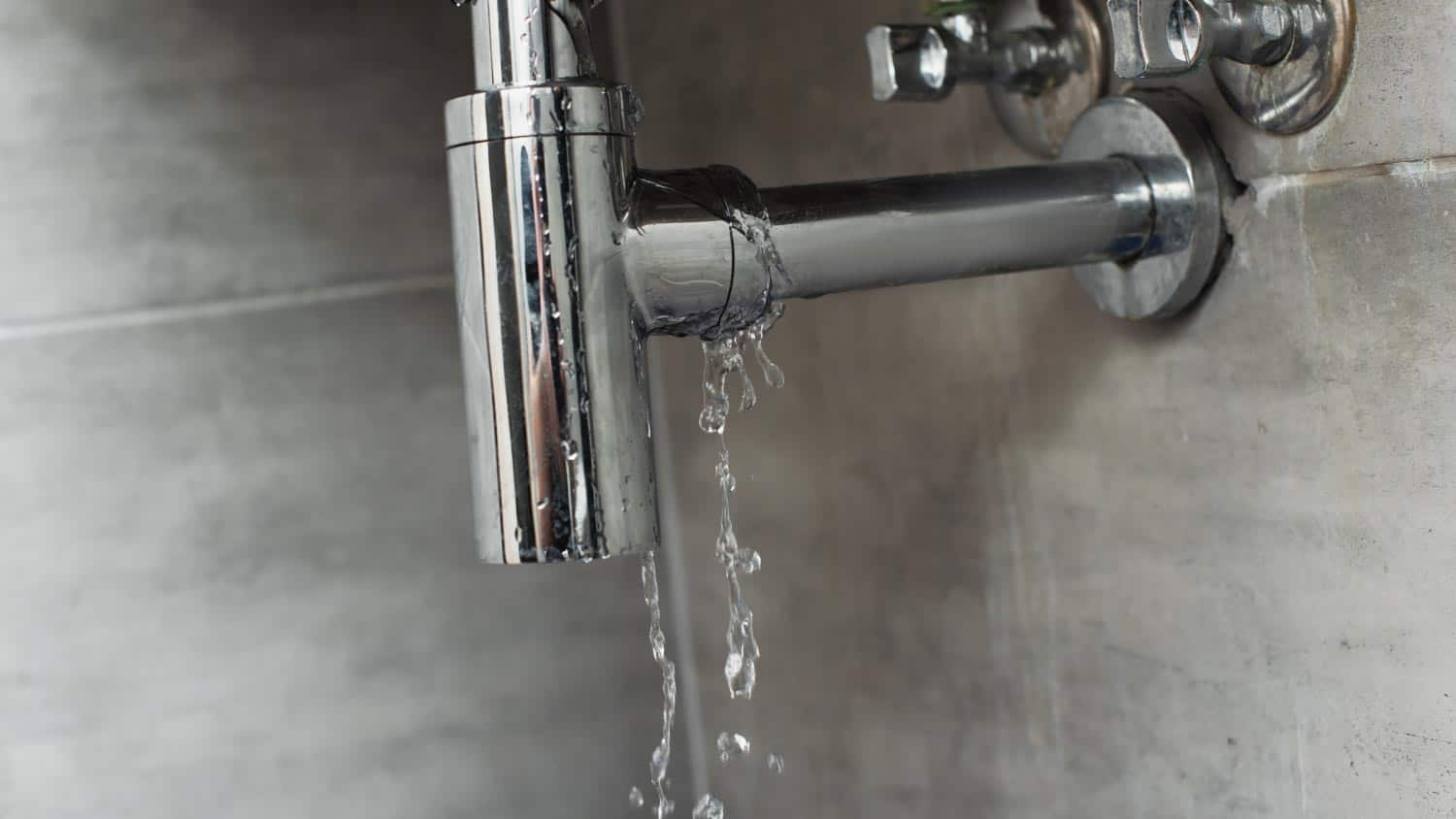Unmask Unseen Water Line Leaks: 6 Smart Detection Hacks
Unmask Unseen Water Line Leaks: 6 Smart Detection Hacks
Blog Article
They are making a few good pointers about Detecting hidden plumbing leaks as a whole in this post following next.

Early discovery of dripping water lines can minimize a potential disaster. In addition to saving you cash, it will certainly minimize the worry and frustration. The moment you locate a leak, calling your plumber for fixings is the best option. Some tiny water leaks might not be visible. If you can not find it with your nude eyes, here are some hacks that help.
1. Check Out the Water Meter
Every residence has a water meter. Checking it is a proven way that helps you find leakages. For beginners, switch off all the water sources. Make certain no person will purge, utilize the tap, shower, run the washing equipment or dishwashing machine. From there, most likely to the meter and watch if it will alter. Considering that nobody is utilizing it, there must be no motions. If it relocates, that shows a fast-moving leakage. If you spot no adjustments, wait a hr or two and inspect back again. This implies you might have a slow leakage that might also be underground.
2. Check Water Intake
If you identify unexpected changes, despite your usage being the same, it implies that you have leakages in your plumbing system. An unexpected spike in your costs indicates a fast-moving leak.
A steady increase every month, also with the very same practices, shows you have a slow-moving leakage that's also slowly intensifying. Call a plumber to extensively examine your residential property, particularly if you feel a warm location on your floor with piping underneath.
3. Do a Food Coloring Test
When it comes to water consumption, 30% comes from commodes. If the color somehow infiltrates your bowl throughout that time without flushing, there's a leakage in between the storage tank as well as dish.
4. Asses Exterior Lines
Don't fail to remember to examine your outdoor water lines too. Should water leak out of the connection, you have a loosened rubber gasket. One tiny leak can waste loads of water and increase your water expense.
5. Analyze the situation as well as examine
Home owners need to make it a behavior to examine under the sink counters as well as even inside cabinets for any type of bad odor or mold and mildew growth. These 2 red flags show a leakage so timely attention is called for. Doing regular inspections, even bi-annually, can conserve you from a major trouble.
Examine for stainings and also damaging as the majority of pipes as well as home appliances have a life span. If you believe dripping water lines in your plumbing system, don't wait for it to intensify.
Early discovery of leaking water lines can minimize a potential calamity. Some little water leakages might not be visible. Examining it is a surefire method that aids you uncover leakages. One little leak can squander heaps of water and surge your water expense.
If you presume dripping water lines in your plumbing system, don't wait for it to intensify.
WARNING SIGNS OF WATER LEAKAGE BEHIND THE WALL
PERSISTENT MUSTY ODORS
As water slowly drips from a leaky pipe inside the wall, flooring and sheetrock stay damp and develop an odor similar to wet cardboard. It generates a musty smell that can help you find hidden leaks.
MOLD IN UNUSUAL AREAS
Mold usually grows in wet areas like kitchens, baths and laundry rooms. If you spot the stuff on walls or baseboards in other rooms of the house, it’s a good indicator of undetected water leaks.
STAINS THAT GROW
When mold thrives around a leaky pipe, it sometimes takes hold on the inside surface of the affected wall. A growing stain on otherwise clean sheetrock is often your sign of a hidden plumbing problem.
PEELING OR BUBBLING WALLPAPER / PAINT
This clue is easy to miss in rooms that don’t get much use. When you see wallpaper separating along seams or paint bubbling or flaking off the wall, blame sheetrock that stays wet because of an undetected leak.
BUCKLED CEILINGS AND STAINED FLOORS
If ceilings or floors in bathrooms, kitchens or laundry areas develop structural problems, don’t rule out constant damp inside the walls. Wet sheetrock can affect adjacent framing, flooring and ceilings.
https://www.servicemasterbyzaba.com/blog/how-to-detect-water-leakage-in-walls/

Do you enjoy reading about Finding hidden leaks? Make feedback below. We will be pleased to see your opinion about this blog entry. Hoping that you come back again before long. Do you know about another person who is curious about the topic? Feel free to promote it. Thanks a lot for your time. Kindly stop by our website back soon.
24/7 service for plumbing emergencies. Report this page